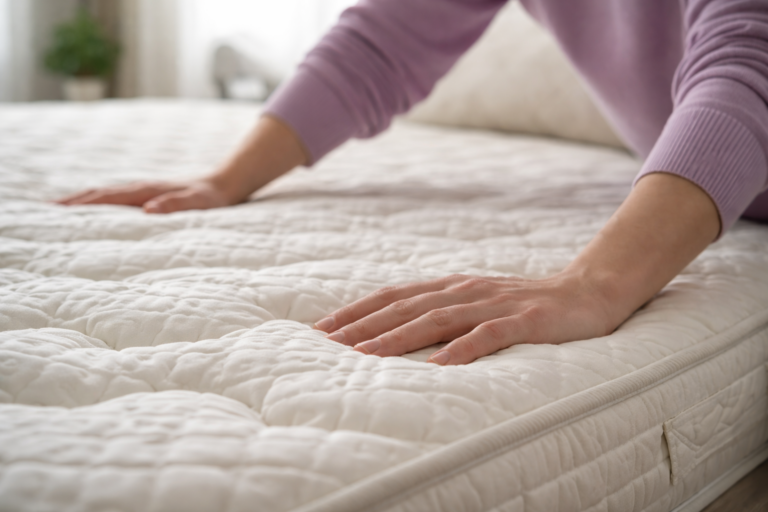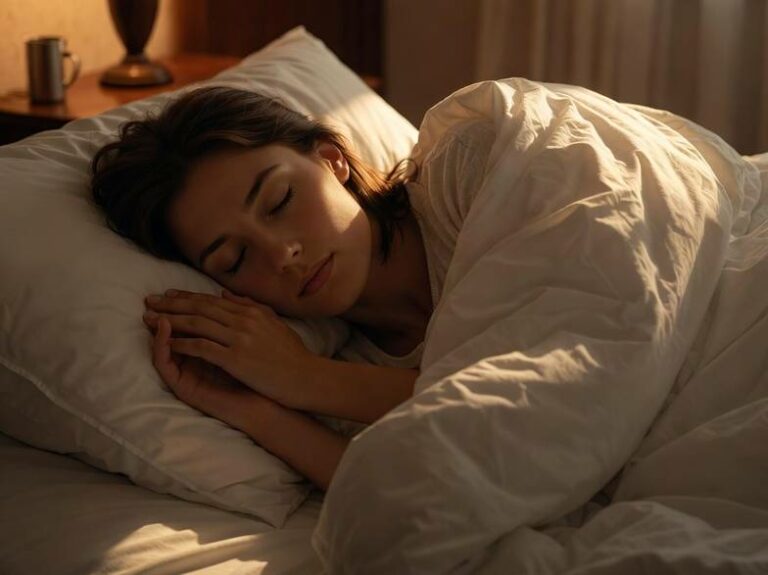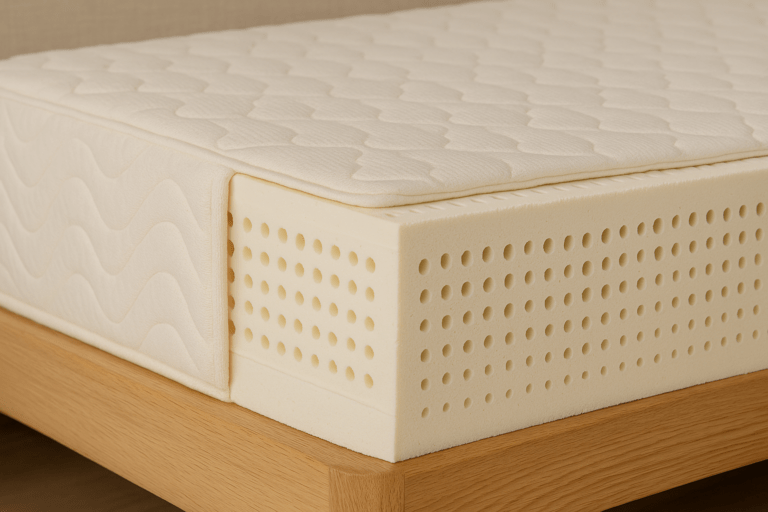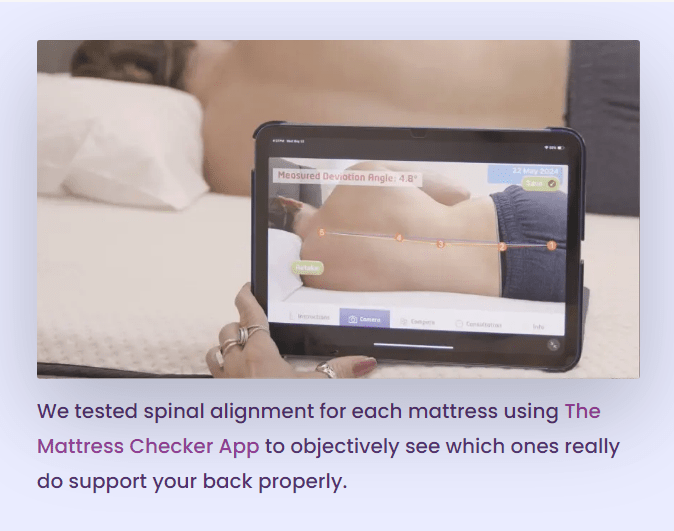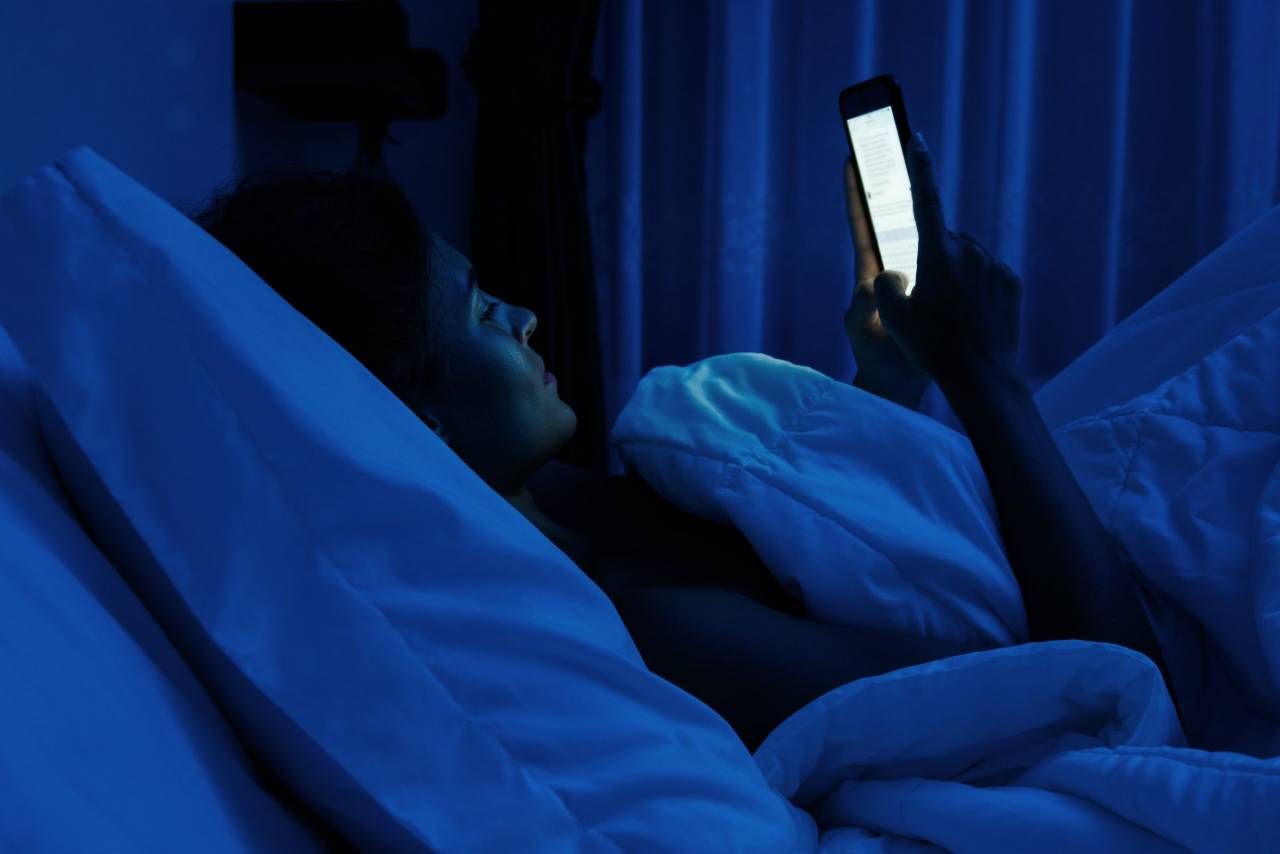
How Does Blue Light Affect Your Sleep?
Once upon a time, the only sources of light human beings had were fire and the sun. We opened the curtains during the day and lit candles and fireplaces at night. When electricity was born, artificial lighting became essential, and for many life is impossible to imagine without it. We now experience artificial light almost constantly from multiple electronic devices and light fixtures. But what is it, and how does it affect us when we’re trying to get some rest?
What is Blue Light in Simple Terms?
Blue light is part of the spectrum of visible light waves that the human eye can see. The most natural source of blue light comes from the sun. Without any other distractions, sunlight is what humans typically rely on to set our bodies’ circadian rhythms or sleep cycle. Blue light has short, high energy waves that are only slightly longer and less powerful than ultraviolet (UV) waves. Your brain responds to this light accordingly, producing more or less melatonin, affecting your alertness during the day and sleepiness at night.
Sources of Blue Light
Thanks to the pandemic, Americans are spending more hours on electronic devices a day, often very close to bedtime. Some Americans spend 7 or more hours on their devices. The exposure to blue light can signal alertness, inviting insomnia and preventing a healthy amount of sleep. While the light from your devices appears white, they give off wavelengths in the range of 400 to 490 nanometers, which is blue light.
Sources of blue light include:
- Computer monitors
- Fluorescent light bulbs
- LED (light-emitting diode) bulbs
- Smartphones
- Televisions
- Gaming Systems (like a Nintendo Switch)
- Tablets
Unfortunately, devices like these have become so ingrained in our daily life we don’t often consider removing them from any part of our routine. We spend hours communicating, surfing the internet, perusing social media, and even creating art on our blue light-emitting devices. But how is this activity affecting us in the long run?
Blue Light and Eye Health
Using digital devices up close or for long periods can lead to eye strain, and in rare cases ocular damage. Research from the National Institutes of Health has shown that when people use digital devices, they tend to blink less often than usual. Fewer blinks mean less moisture and result in more strain on your eyes.
Symptoms of eye strain may include:
- Fatigued facial muscles from squinting
- Tired eyes
- Headaches
- Dryness
- Sore or irritated eyes
- Retina damage
- Sleep Cycle Interruptions
According to Harvard researchers and an experiment they conducted comparing blue to green light exposure, blue light suppresses melatonin about twice as long as green light and shifts circadian rhythms twice as much. Melatonin is a natural hormone secreted by the human body to regulate relaxation and sleep. This means that exposure to blue light before bed is preventing your body from beginning its natural circadian rhythm to put you to sleep, and can keep you awake longer than you want to be.
Benefits of Natural Blue Light
On the other hand, natural blue light exposure is key to a healthy life. It’s important to find a balance. Benefits of properly timed blue light exposure include:
- Alertness and improved performance
- Improved memory and cognitive function
- Better quality of mood and overall mental health
- Healthier skin
- Regulated body clock
Exposing yourself to a lot of bright light during the day can boost your mood, alertness, and ability to sleep at night. It is the over-exposure to blue light that we ought to take into consideration. Our brain doesn’t know the difference between natural and artificial blue light, so it can trick the brain into suppressing mechanisms that help us get to sleep.
How to Deal with Blue Light Exposure
The simple solution to mitigating the amount of blue light you’re exposed to during the day is to reduce or turn off all blue light sources by a specific time. Turning off devices and dimming lights an hour or two before bed is the most effective way to let your brain know it’s time to start winding down for bed, allowing more natural melatonin production so you can get to sleep when you want to.
If you work at night and simply can’t avoid blue light from screens, consider wearing blue-blocking glasses or getting a screen protector that reduces blue light. Keep your screen brightness at 50% or below. Reducing blue light exposure at night (or in general) will help protect your eye health and ideally make it easier to relax when you’re done with work.
Other ways to deal with blue light exposure include:
- Eye drops: keep your eyes moist from all the blinking you missed out on.
- Set an alarm: to remind you it’s time to take a break from technology.
- Frequent breaks: focus on objects around you instead of a screen every 20 minutes or so.
- Use “night mode”: a feature that uses dark backgrounds to reduce light intake.
- Install APPs: blue light-filtering apps exist and can help reduce exposure from your device.
- Avoid distracting APPs: like TikTok; some apps are designed to keep you entertained (and therefore awake) for as long as possible.
- Use an eye mask: blocking out additional light while sleeping can help you deal with any lights you aren’t able to turn off at night.
Blue light exposure at night can trick your brain into staying awake too long. While there are many ways to deal with it, prolonged sleep problems could indicate a sleep disorder. If you’ve eliminated blue light as part of your routine, but are still experiencing symptoms like difficulty falling asleep, daytime fatigue, or difficulty concentrating and paying attention during the day, you may need to seek a sleep specialist.

